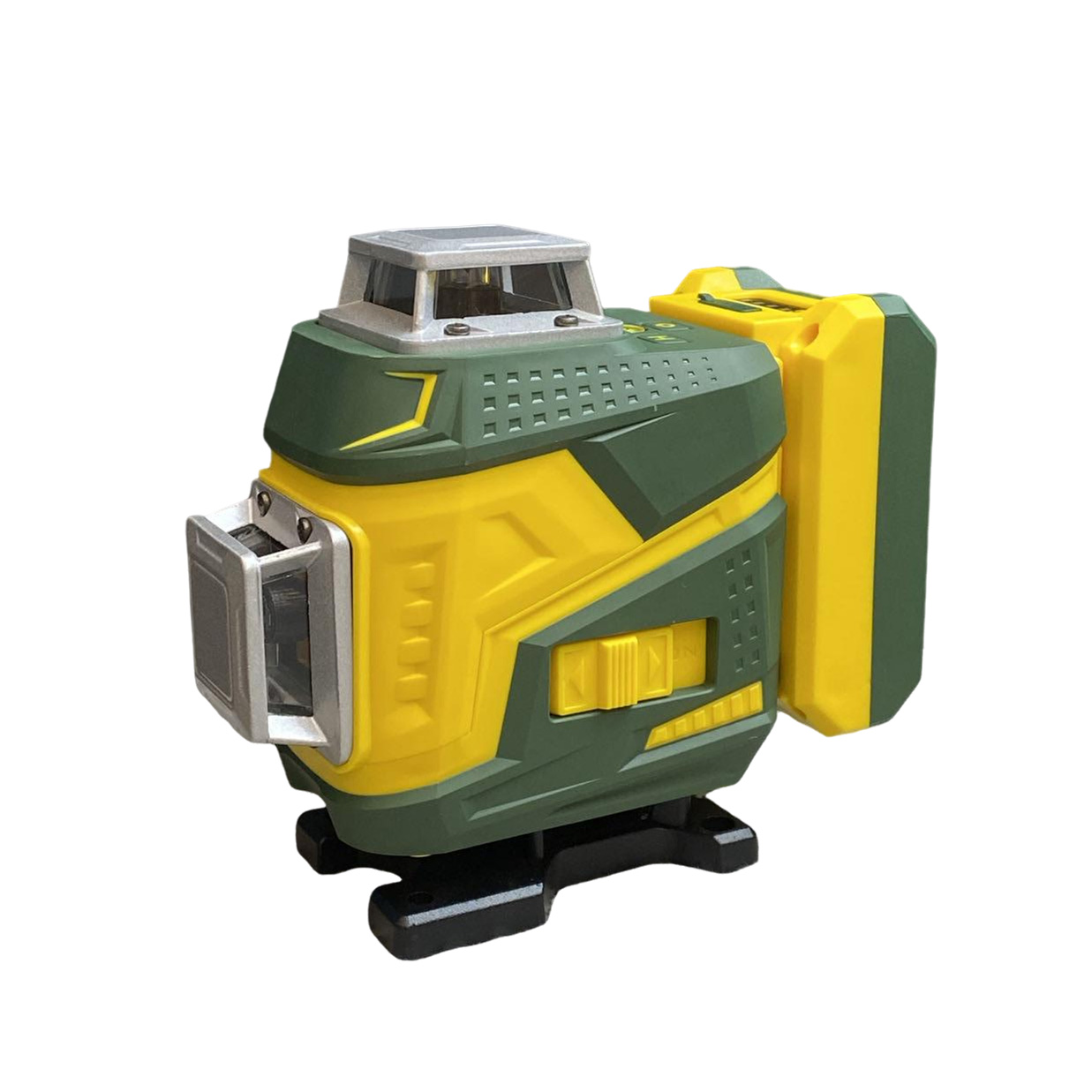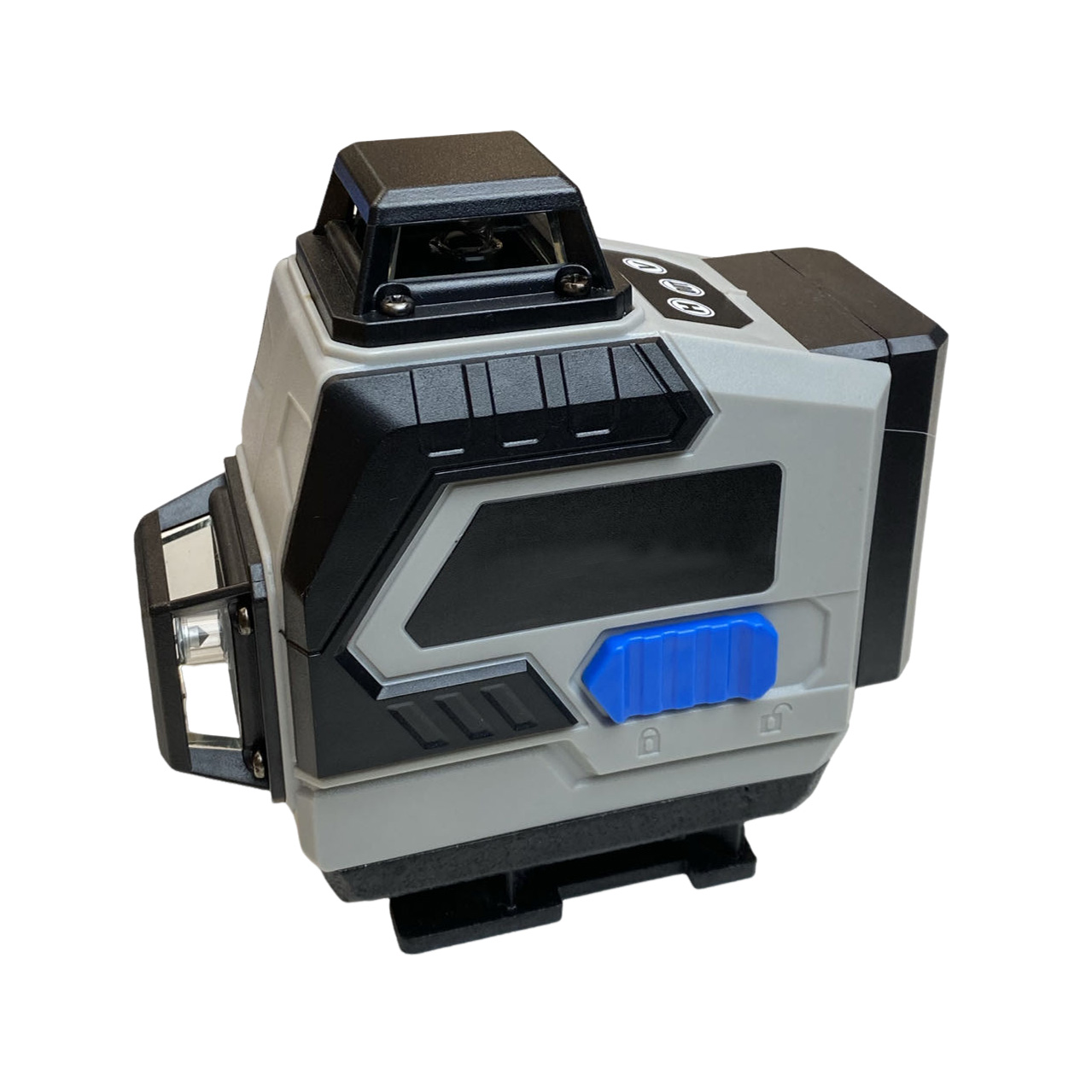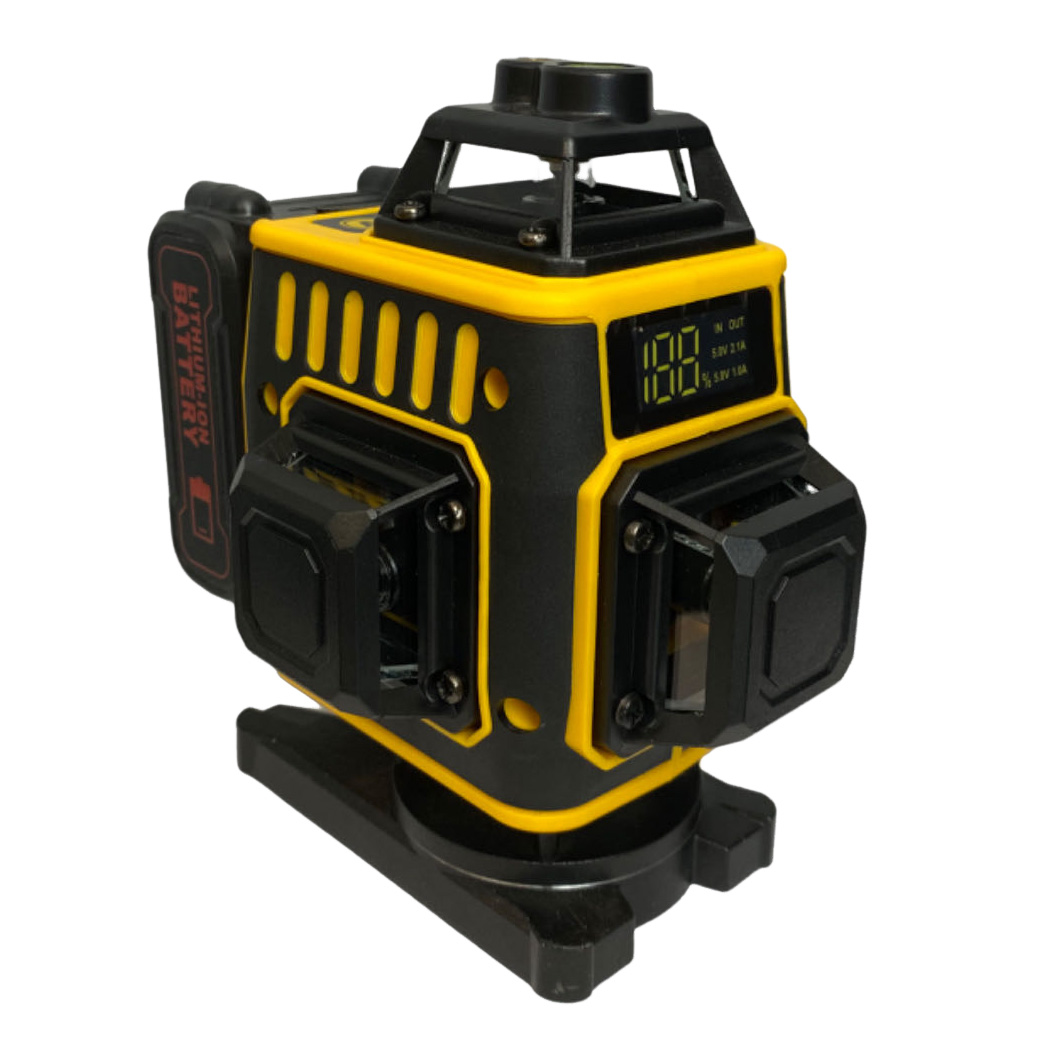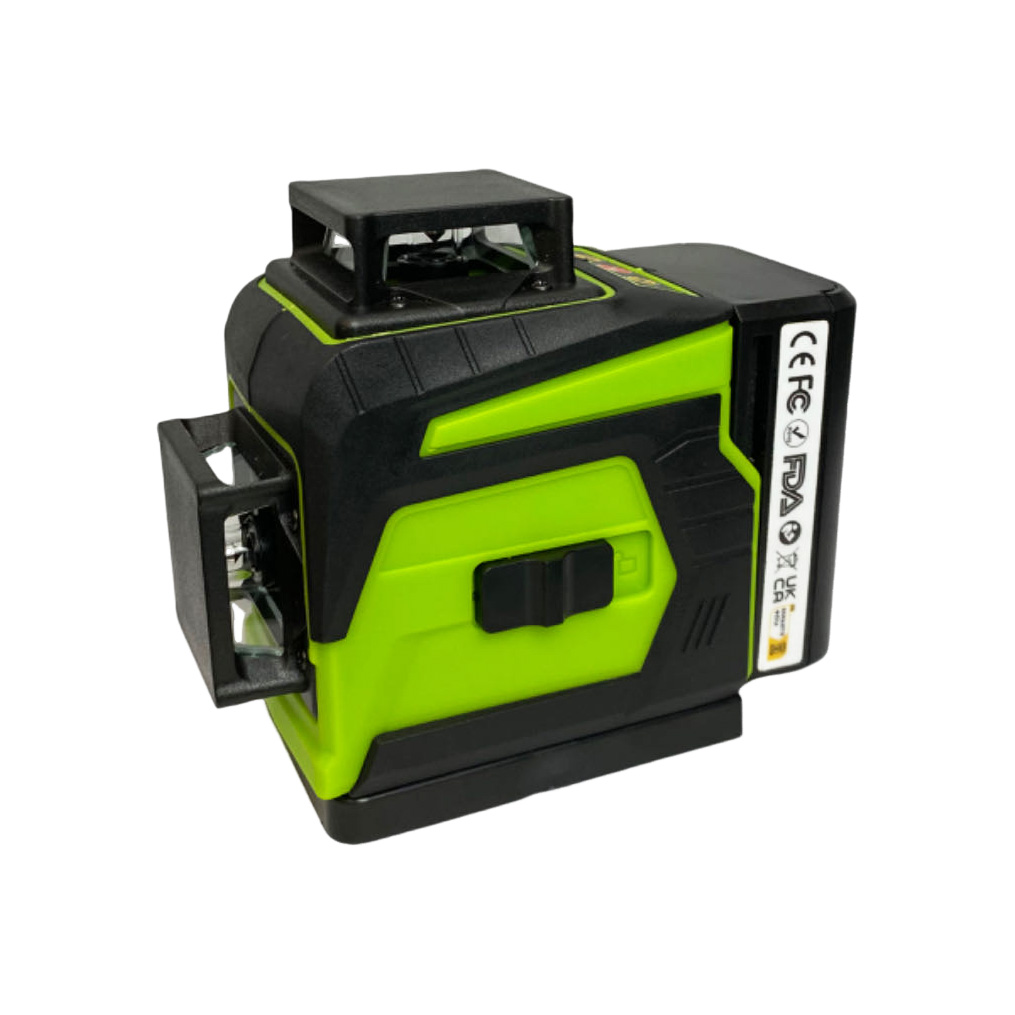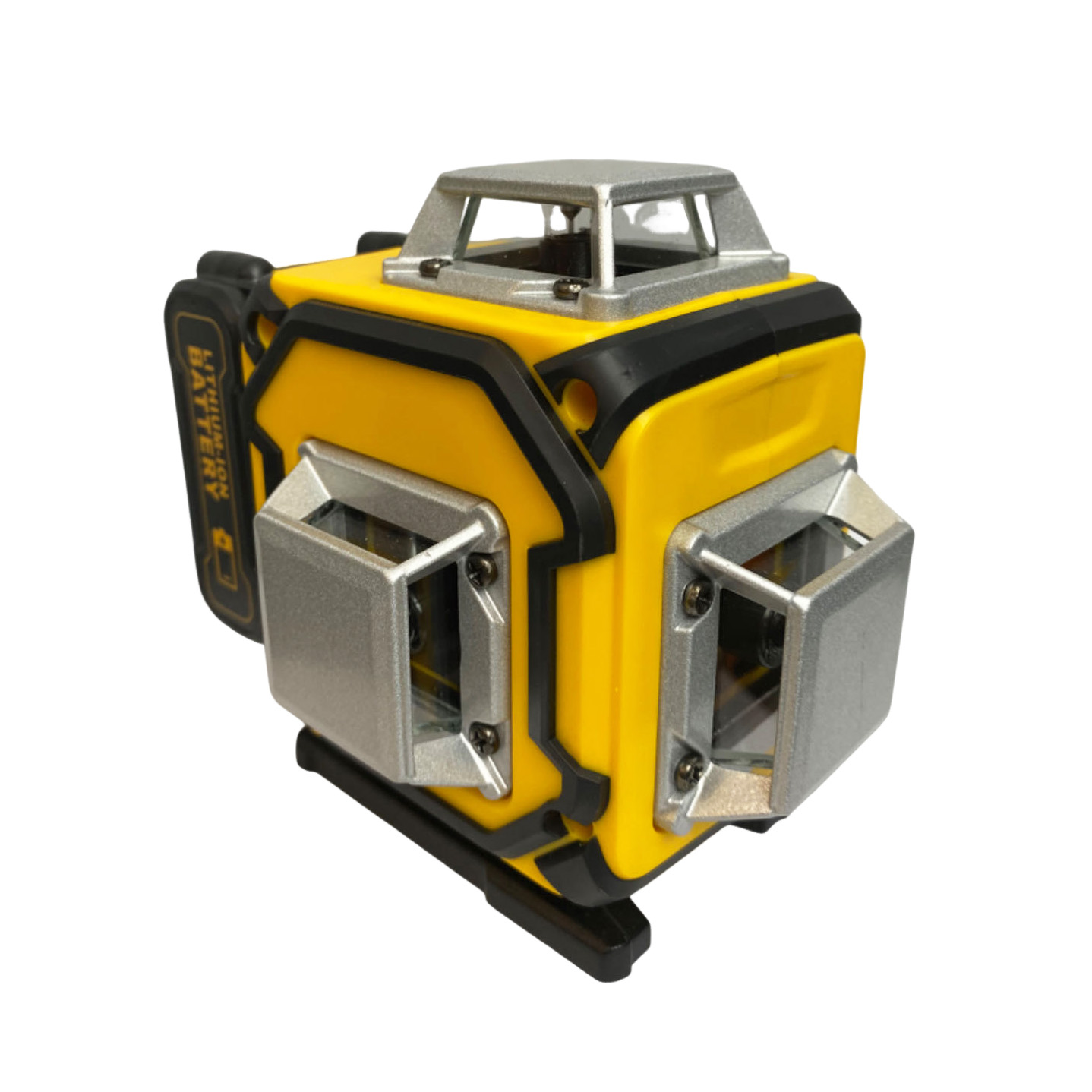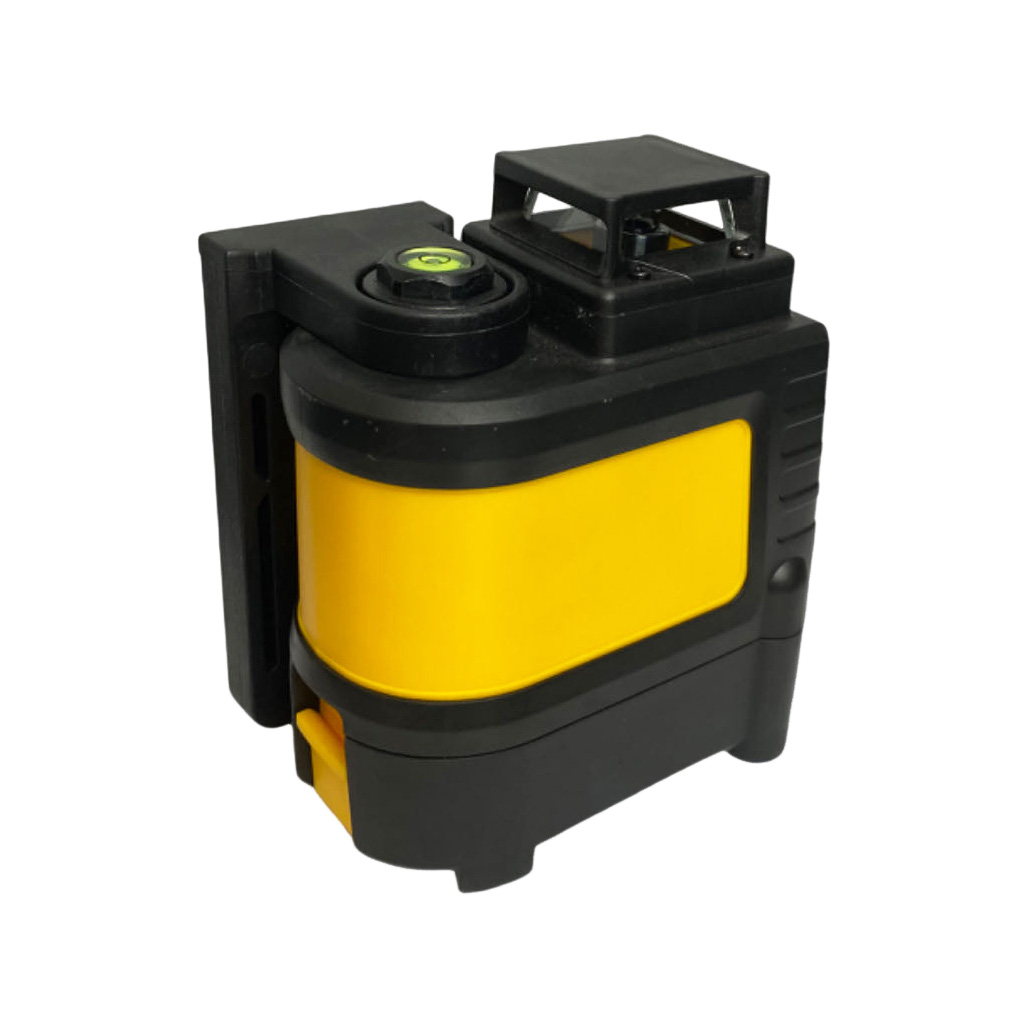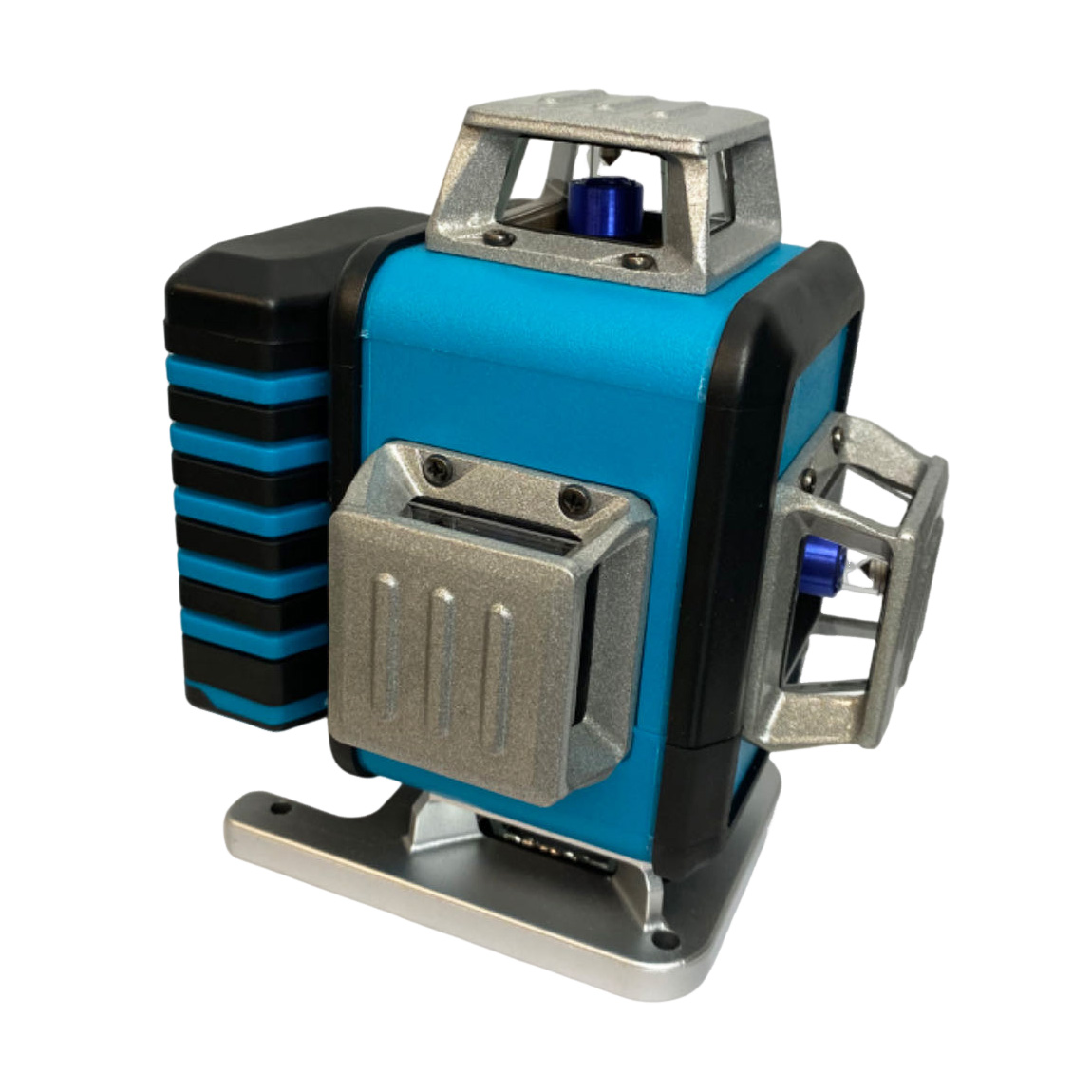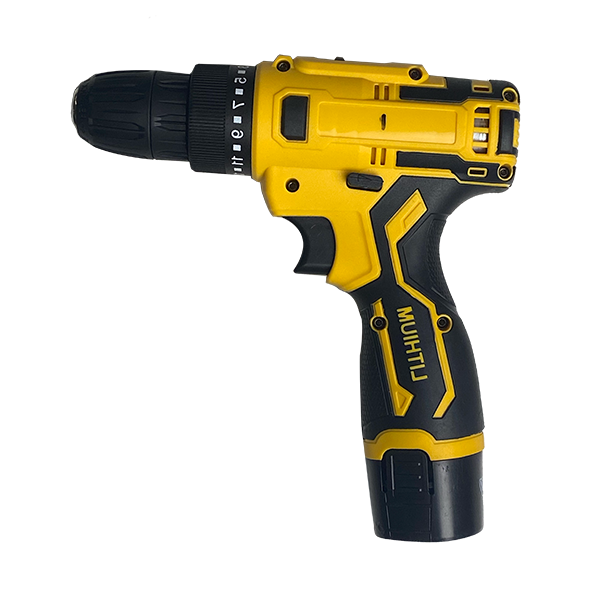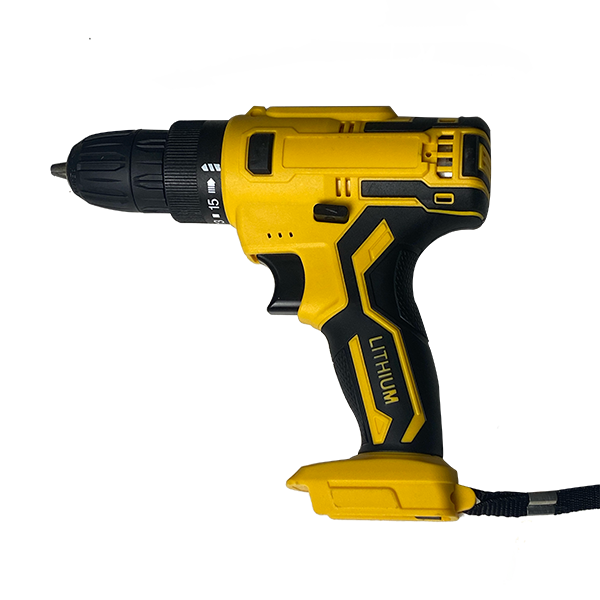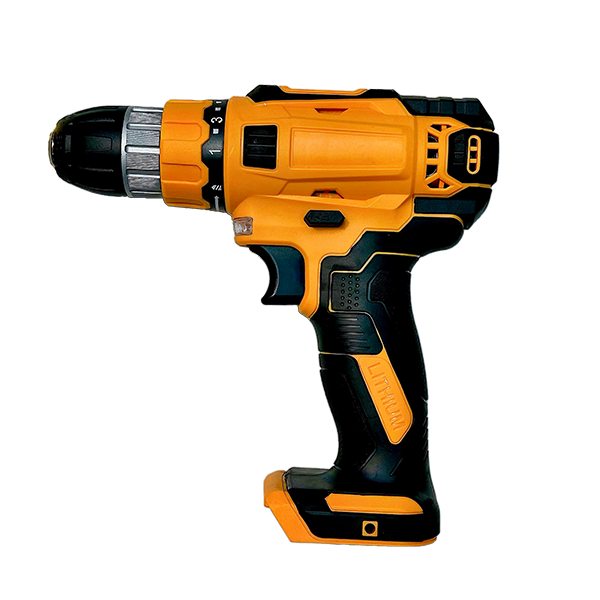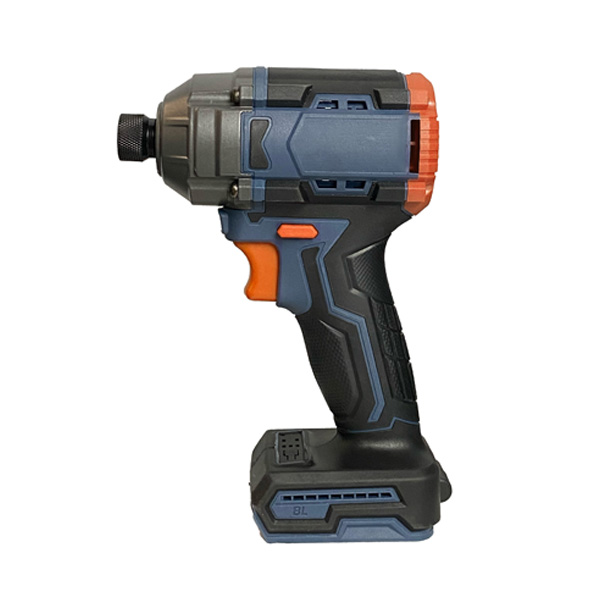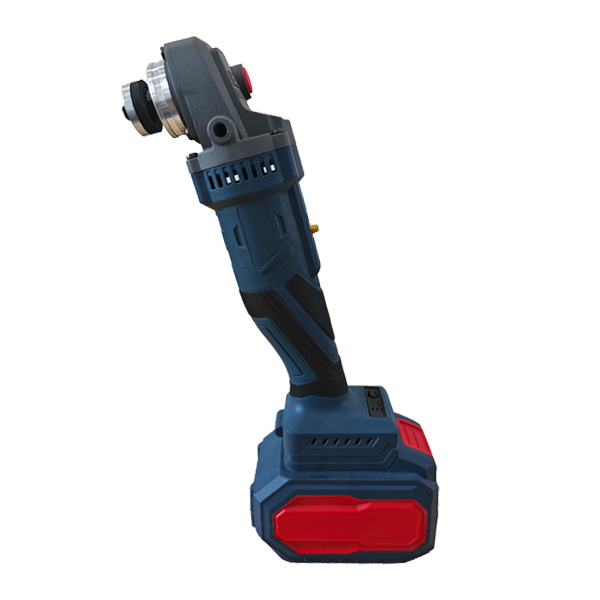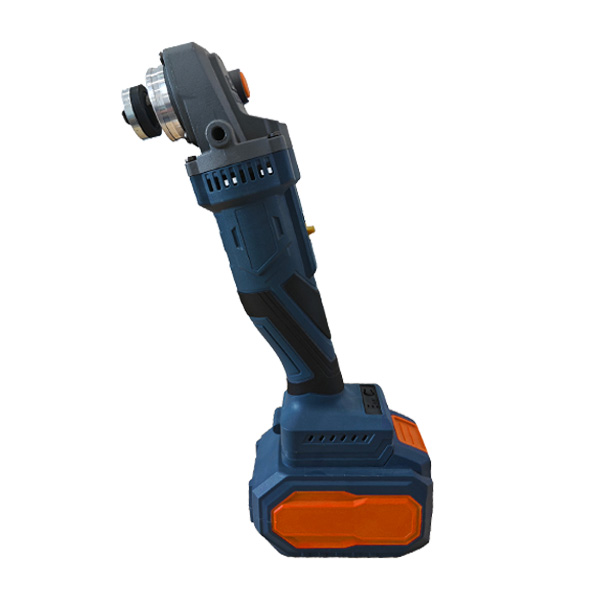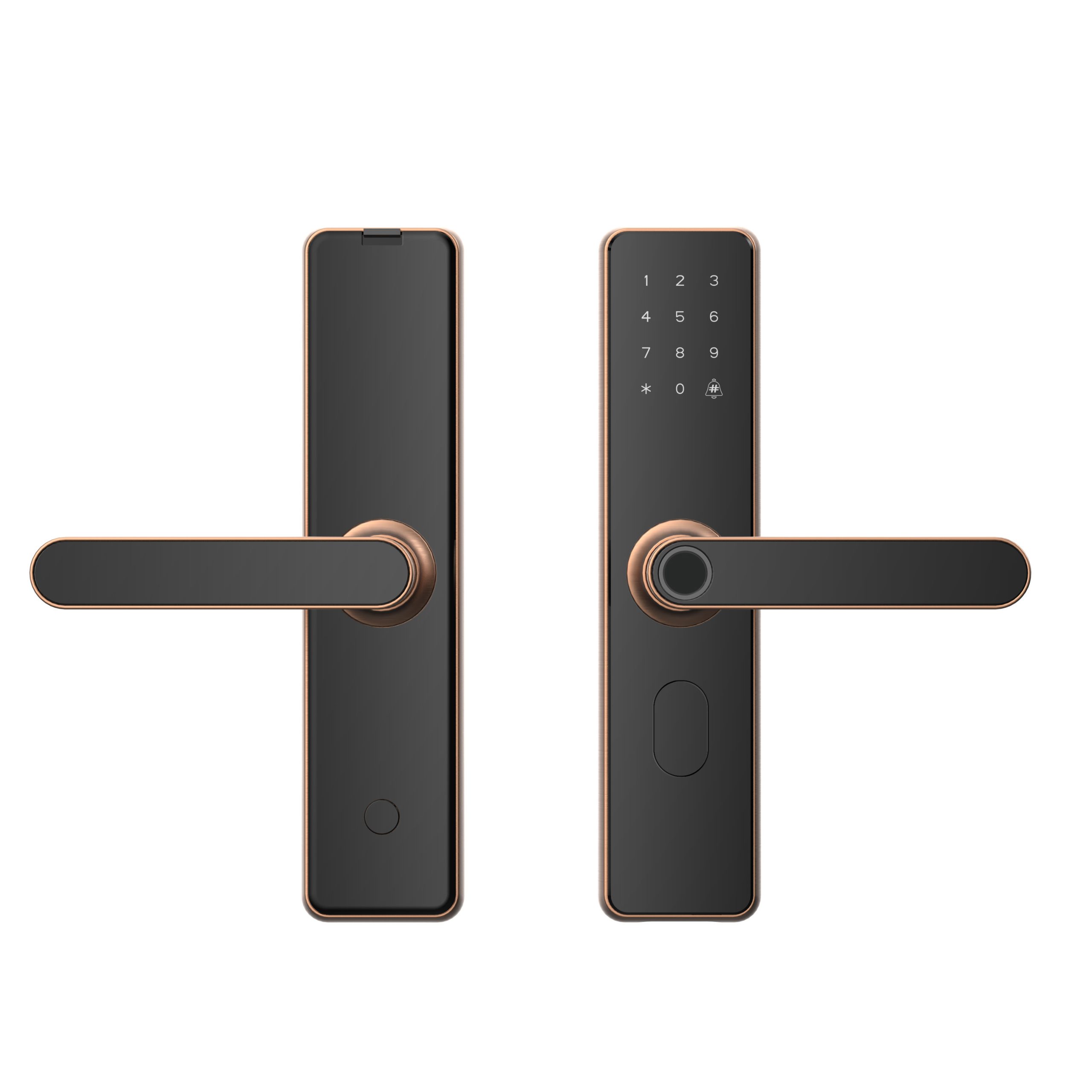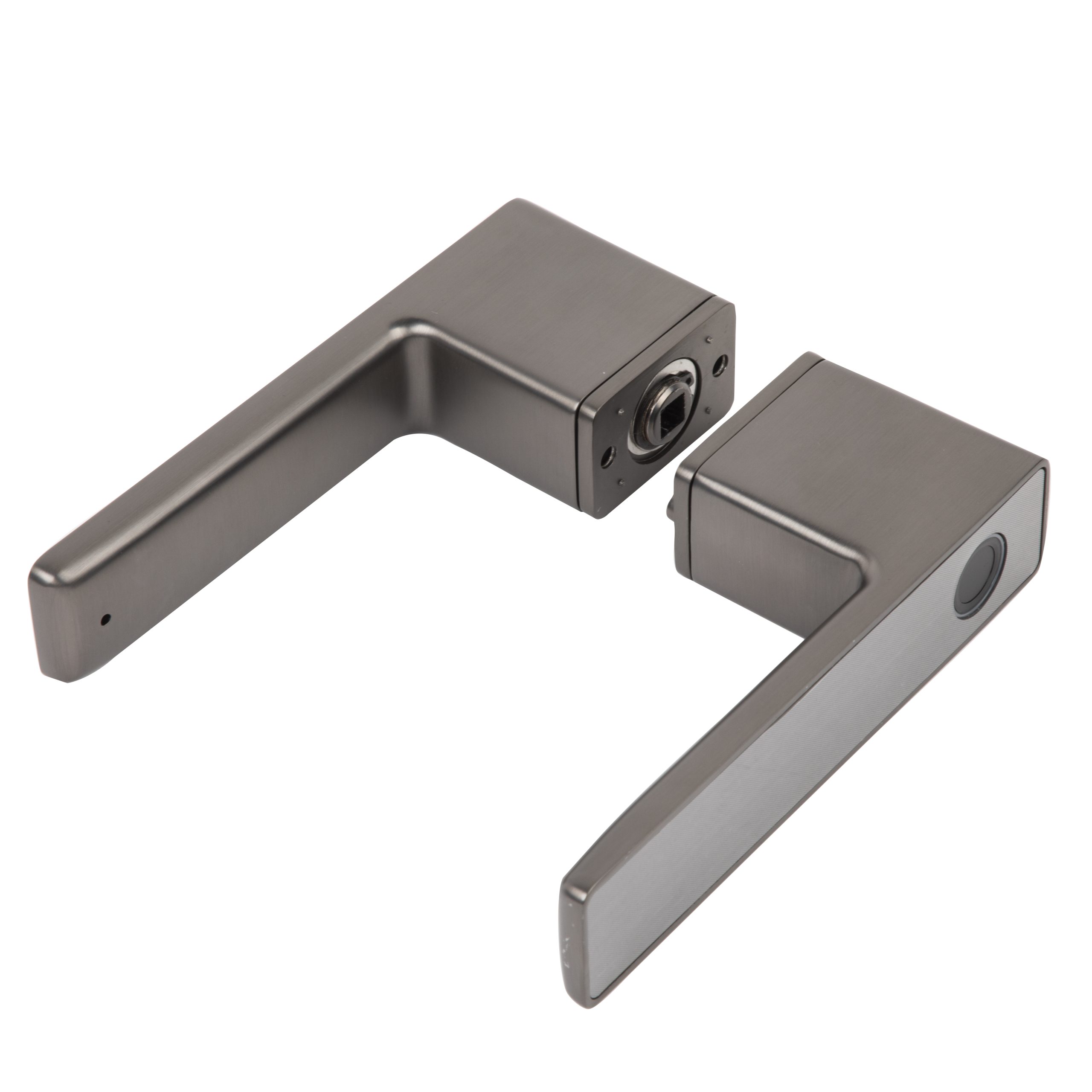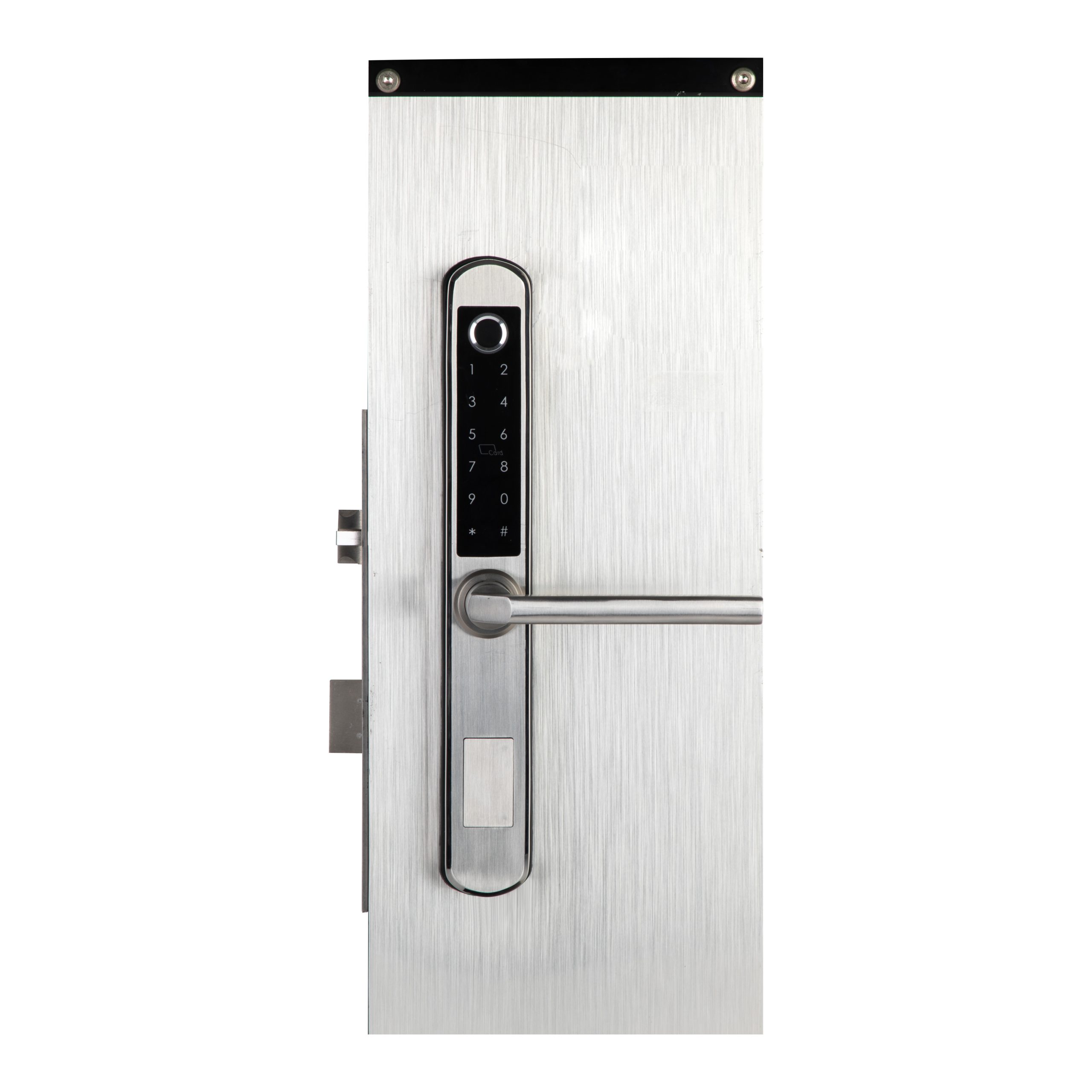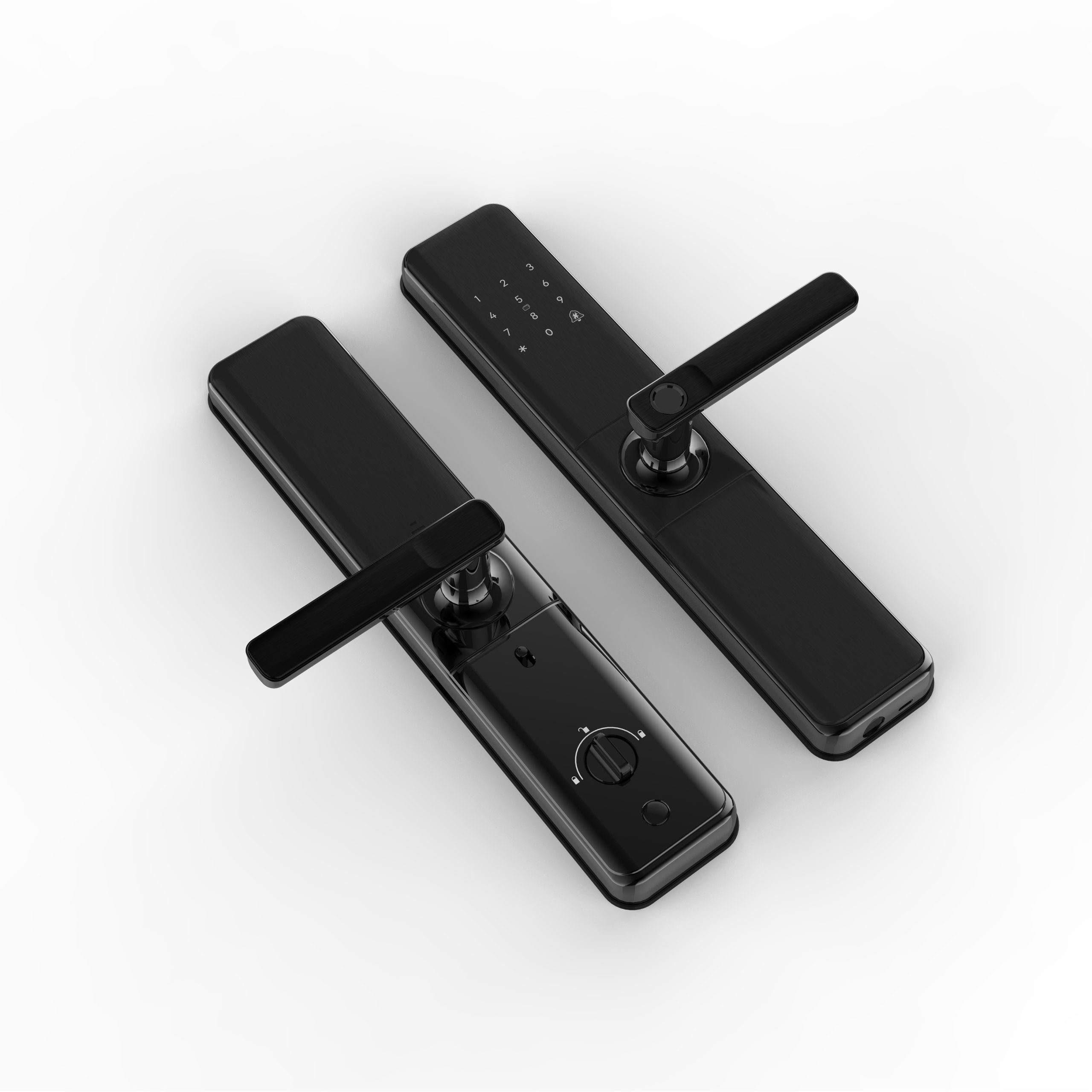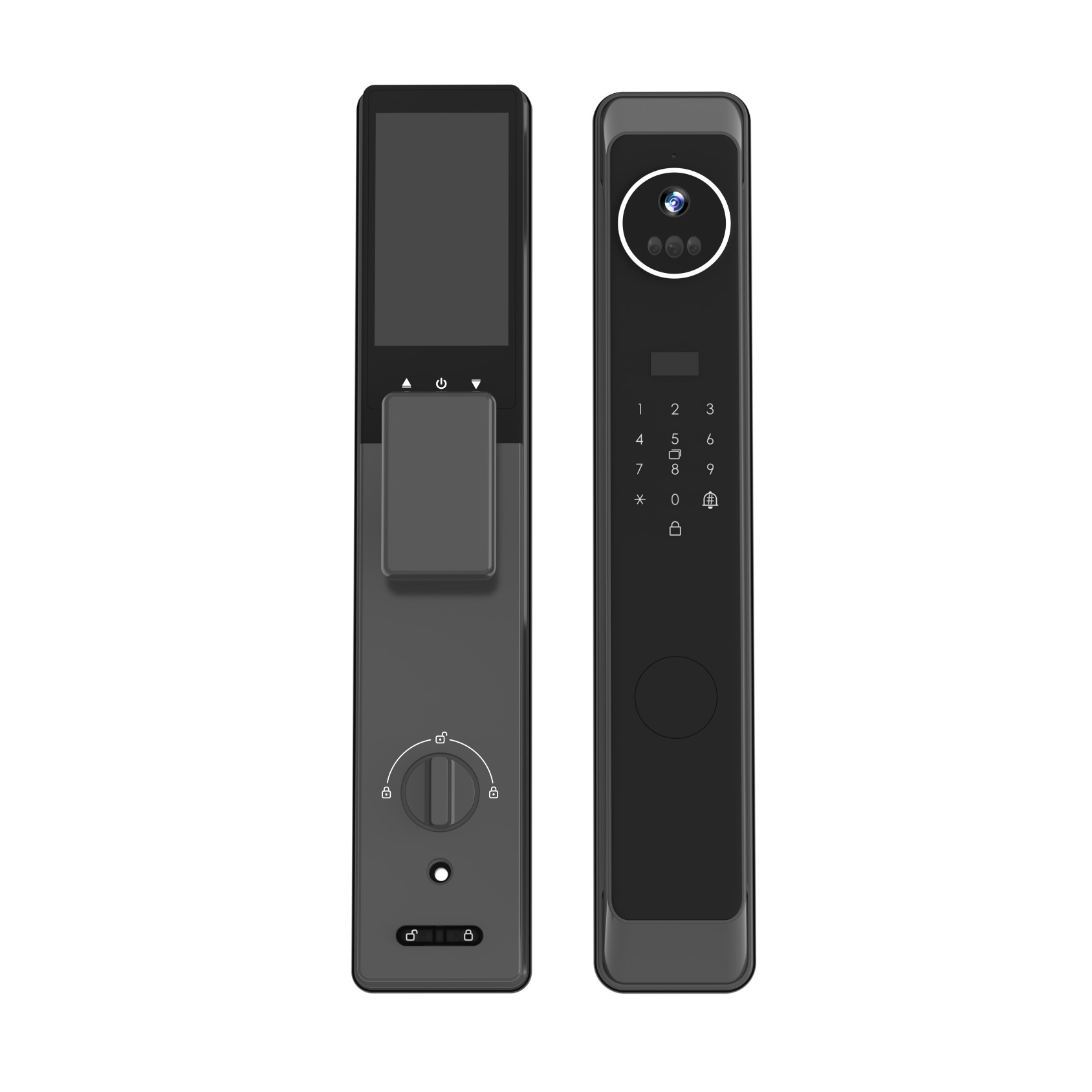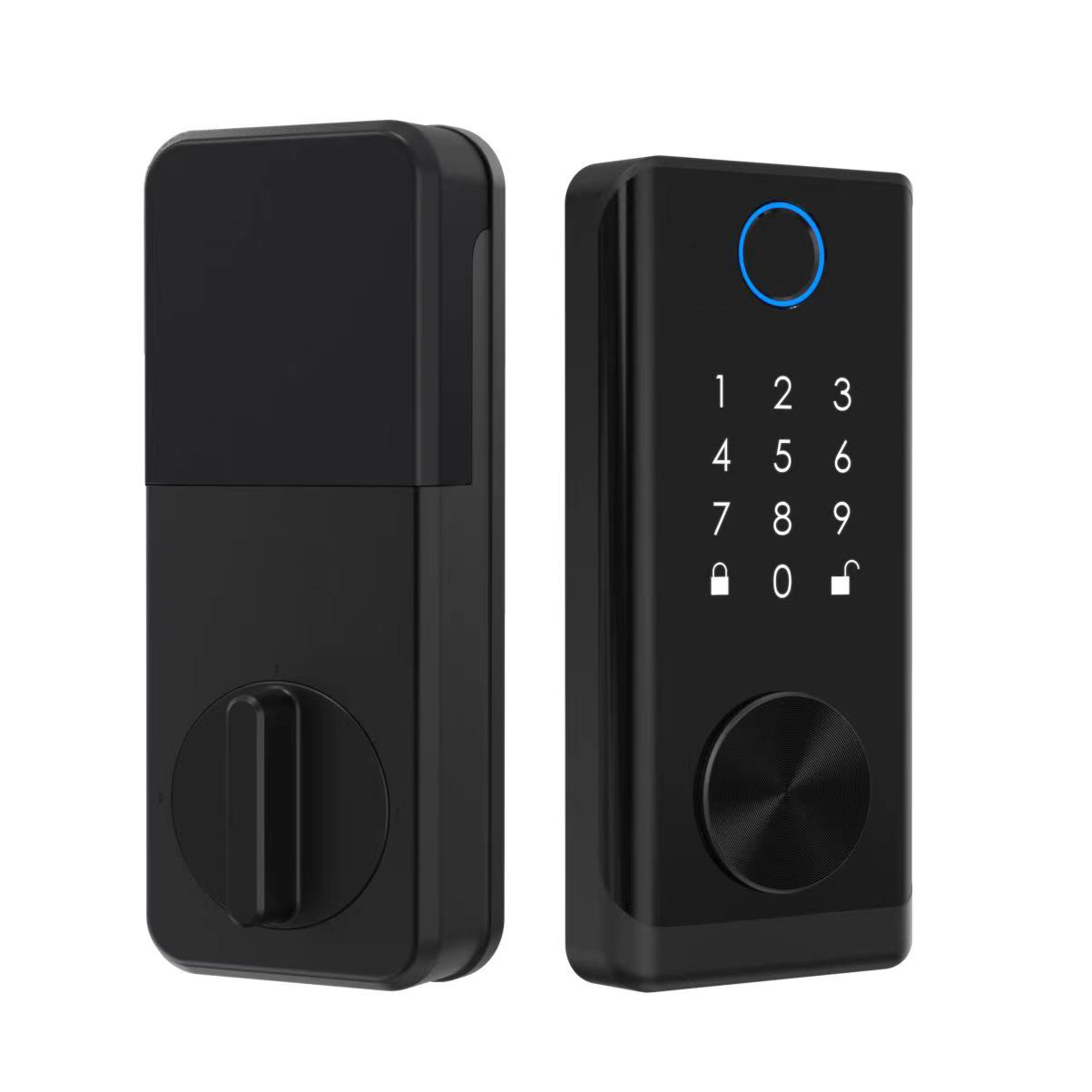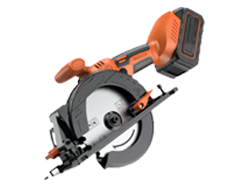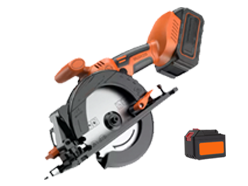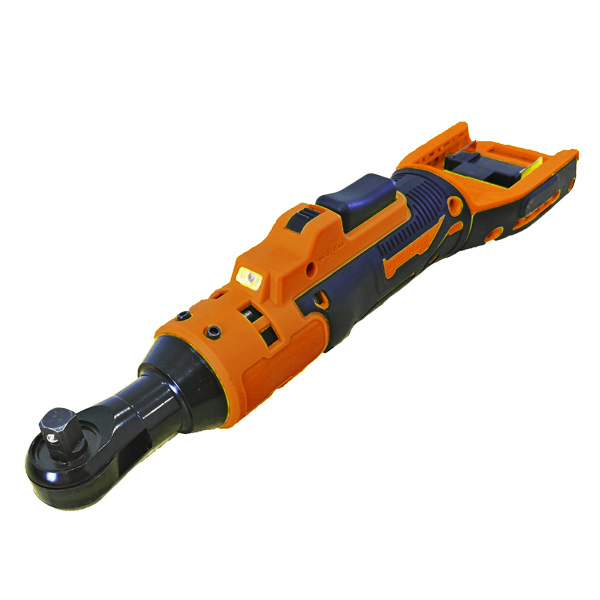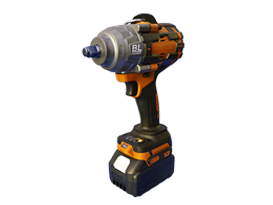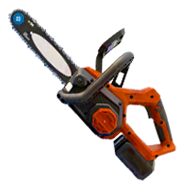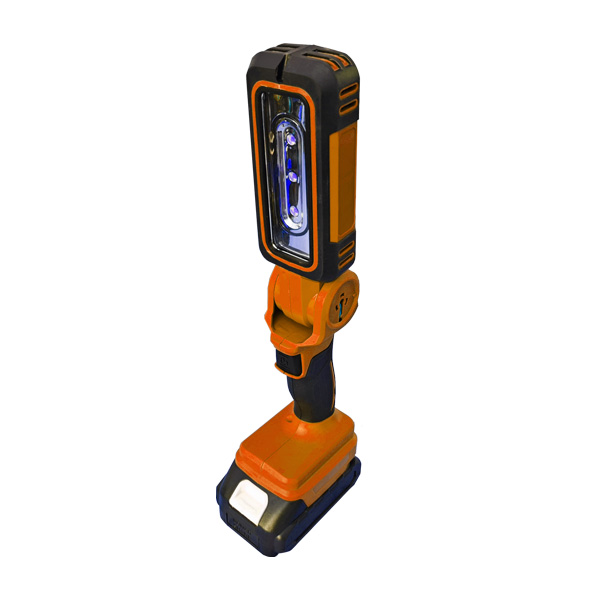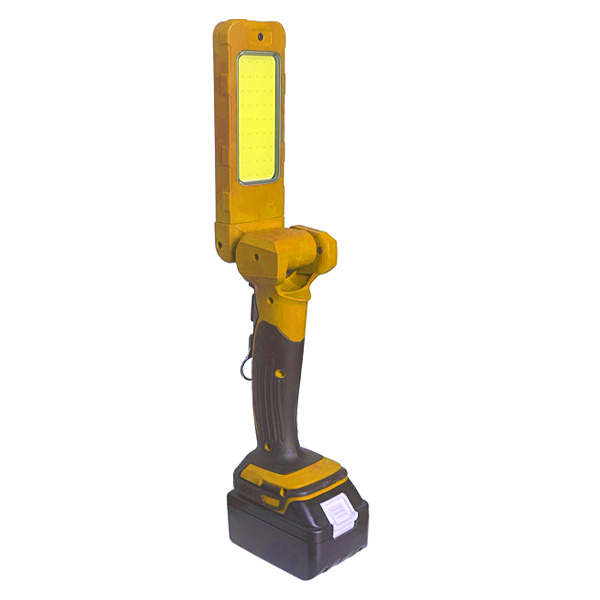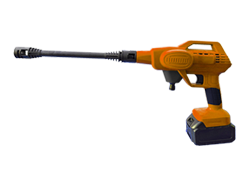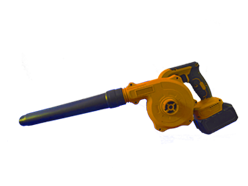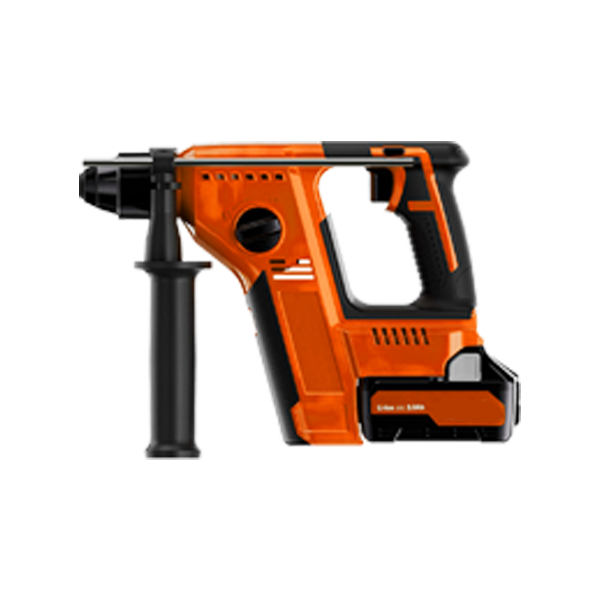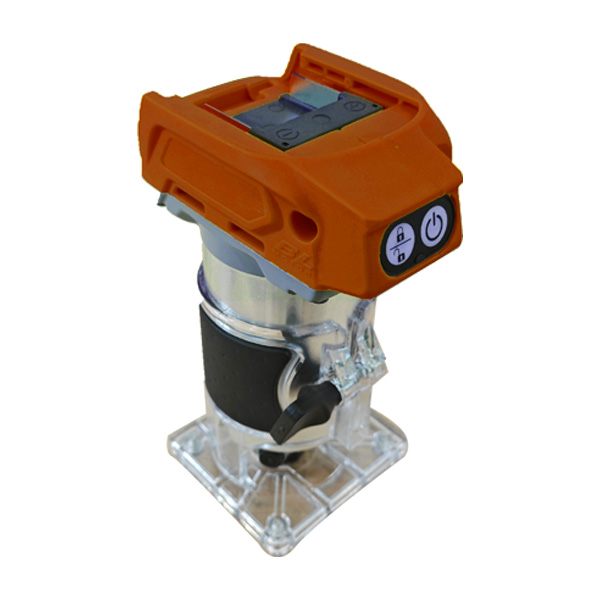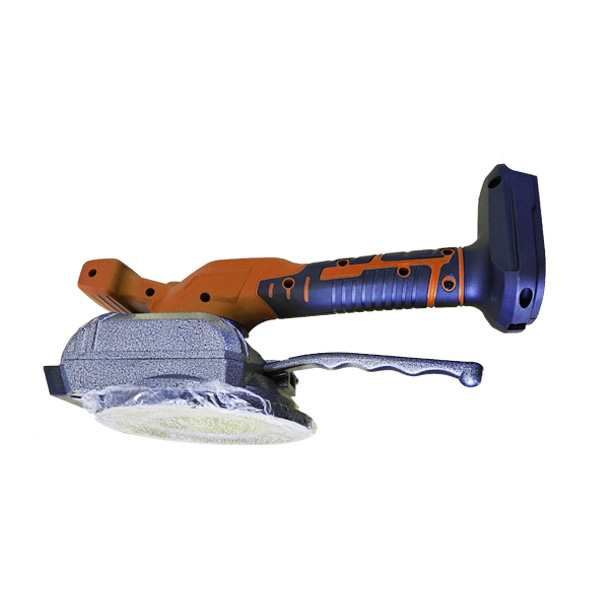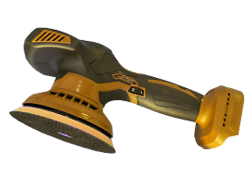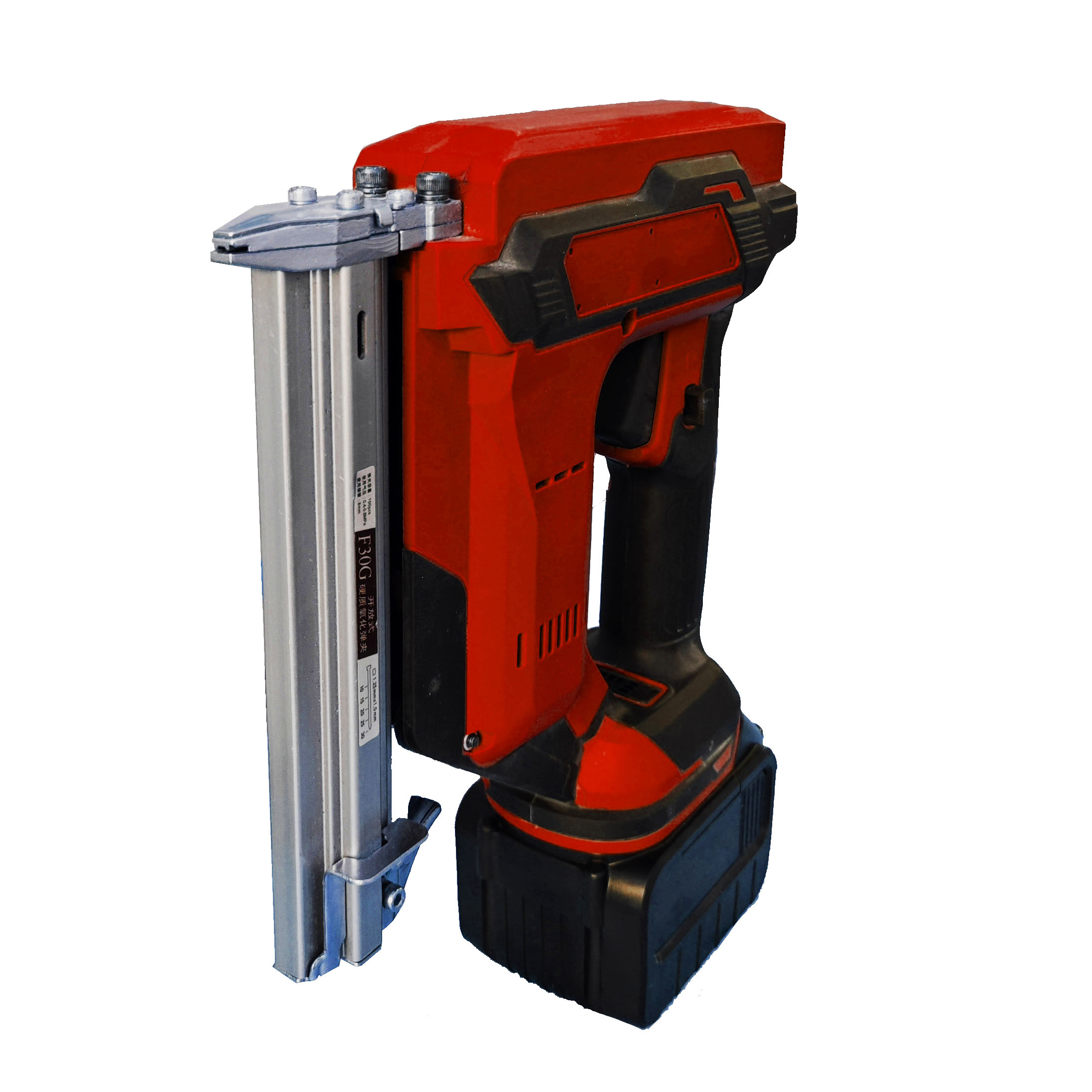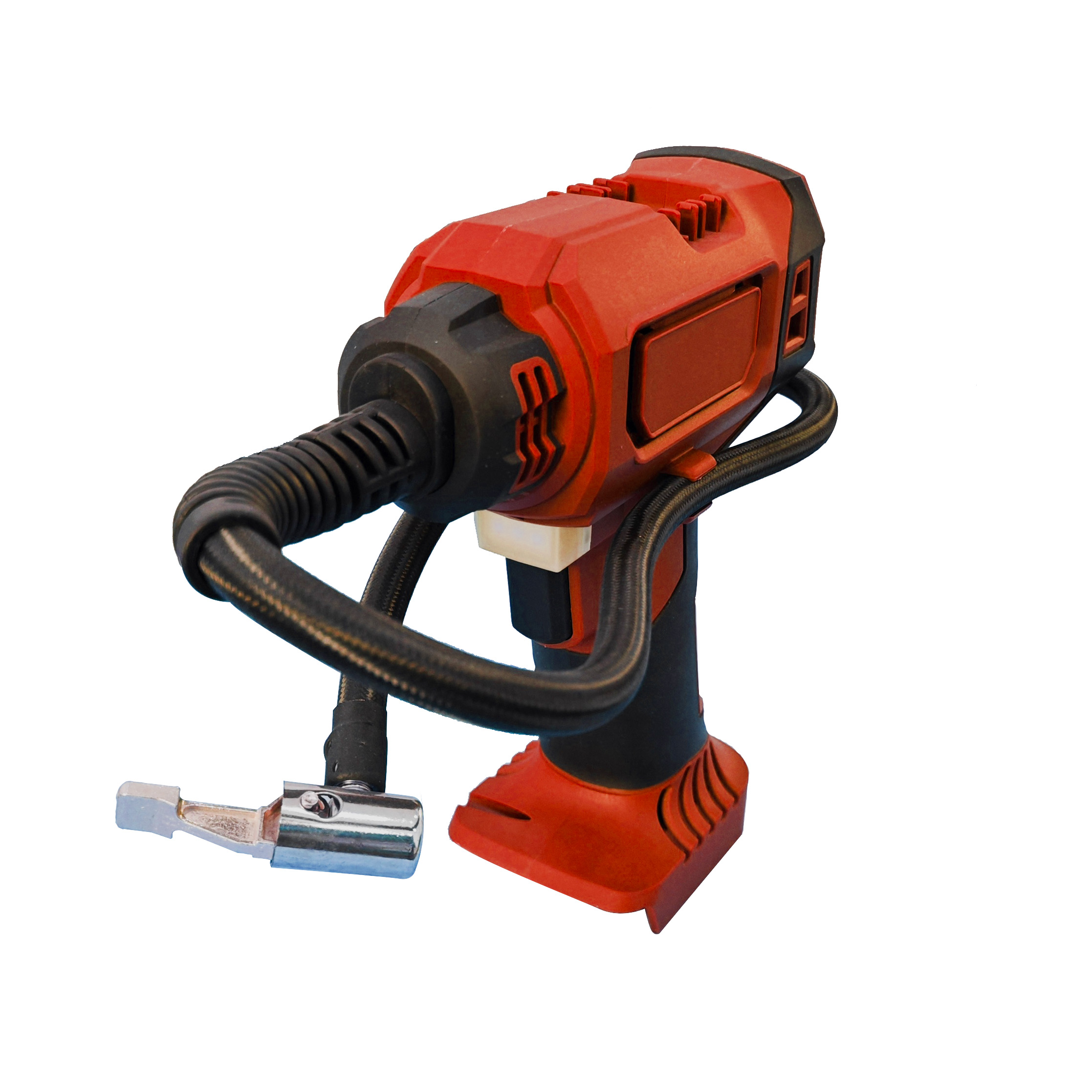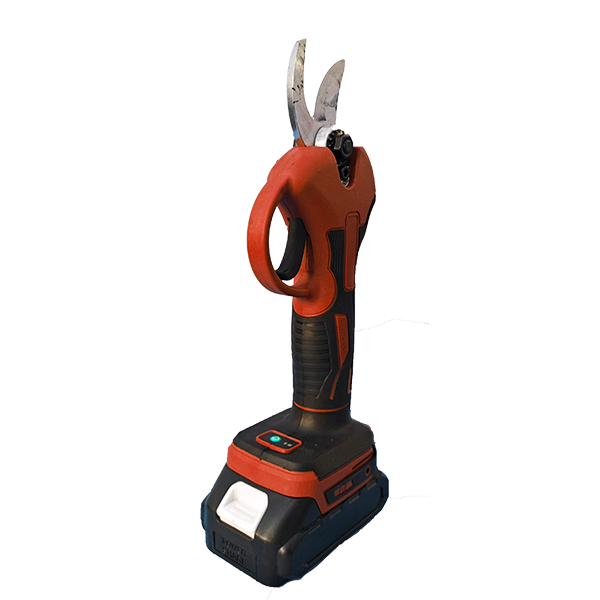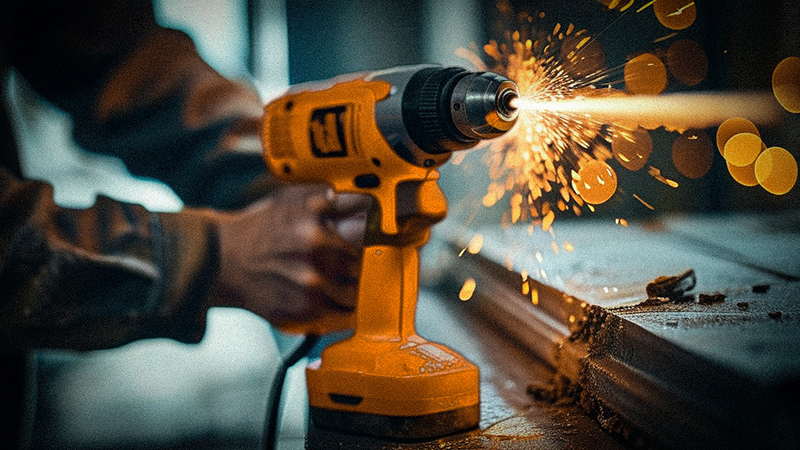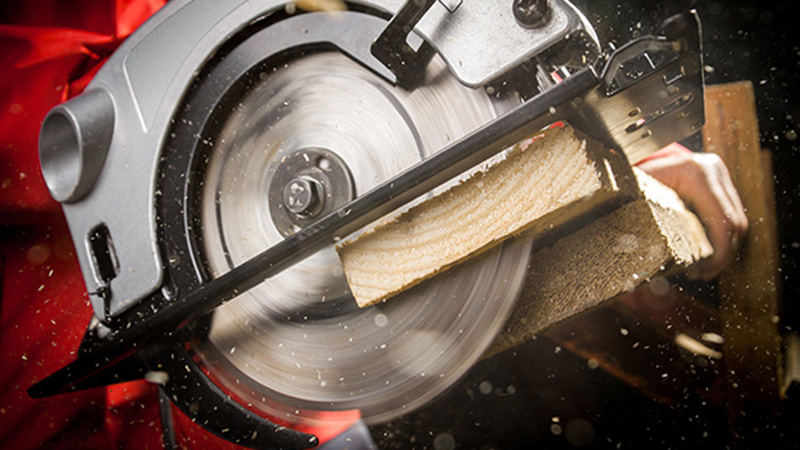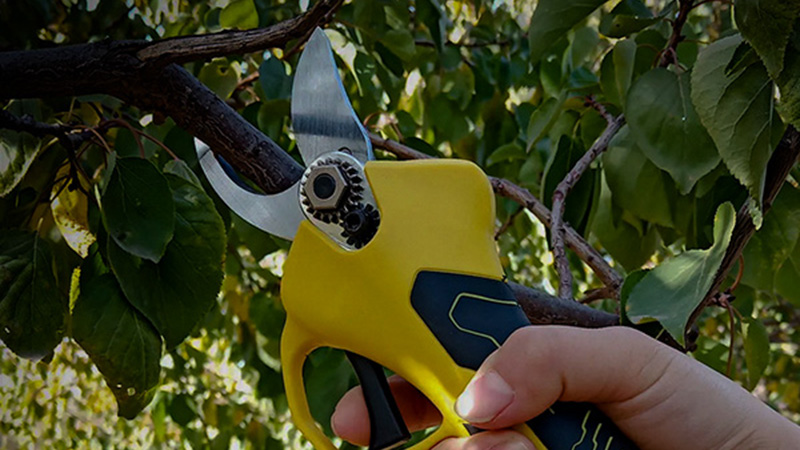Welcome! Thinking about upgrading your home's safety? A smart lock is a fantastic starting point. This guide dives into the best smart locks of 2025, exploring the features, benefits, and top contenders. We'll break down why switching to a smart door lock is a smart move for home security, convenience, and peace of mind. As someone involved in manufacturing advanced tools, I, Allen, understand the importance of reliable technology, whether it's powering a brushless drill or securing your front door. This article is worth reading because it provides insights from a manufacturing perspective, focusing on quality and reliability – crucial factors for B2B buyers like Mark Thompson and homeowners alike. We'll cover everything from basic functionalities to advanced smart home integrations, helping you choose the perfect smart lock you can buy.
What Exactly is a Smart Lock and Why Consider One?
So, what's the buzz about smart locks? Simply put, a smart lock is an electromechanical door lock designed to perform locking and unlocking operations on a door when it receives instructions from an authorized device using a wireless protocol and a cryptographic key. Think of it as your traditional deadbolt getting a major tech upgrade. Instead of just relying on a physical key, a smart device offers multiple ways to enter your home, often controlled via your smartphone, a keypad, fingerprint, or even voice commands through smart home assistants.
Why consider one? The benefits are compelling, offering a blend of security and convenience. Imagine never fumbling for keys again, especially when your hands are full. Or, picture granting temporary access to a guest or service provider remotely, without needing to physically hand over a key. For families, it means kids can get in using a code, and you get notified when they arrive home safely. It's about adding a layer of control and awareness to your home security that traditional locks simply can't match. This upgrade represents a significant step forward in smart home security. Many smart locks are available today.
These devices are becoming increasingly popular as part of a broader smart home ecosystem. They offer more than just keyless entry; they provide logs of who entered and when, options to automatically lock the door after a set time (solving the "did I forget to lock the door?" panic), and integration with other smart home devices. The move towards smart technology is undeniable, and the smart lock is a central piece in making homes safer and more convenient.

How Do Smart Locks Enhance Security Compared to Traditional Locks?
Traditional locks have served us well, but they have vulnerabilities. Keys can be lost, stolen, or copied. Lock picking, while not as common as depicted in movies, is still a risk. Smart locks address many of these weaknesses and enhance security in several key ways. Firstly, they eliminate or reduce the reliance on physical keys. Using digital codes, smartphone apps, or biometrics like fingerprints makes unauthorized duplication much harder. Many smart locks also feature tamper alerts, notifying you immediately if someone tries to force or manipulate the lock.
Secondly, smart locks offer superior access control. You can grant specific access codes for specific people (family, guests, cleaners) and set time restrictions for when those codes work. Need to let a plumber in while you're at work? Generate a temporary code that expires after a few hours. This granular control is impossible with a standard key. Furthermore, the activity logs provided by most smart devices offer a clear record of every lock and unlock event, adding an extra layer of monitoring to your home security system.
Finally, many smart locks incorporate features designed to bolster security further. Some include built-in alarms, auto-locking mechanisms to ensure the door is locked even if you forget, and encryption protocols to protect the communication between your phone and the lock. When integrated into a larger security system, a smart lock can trigger other actions, like turning on lights or recording video if an unrecognized entry attempt occurs. While no system is foolproof, a well-implemented smart lock provides significantly more layers of protection and control than its traditional counterpart. Security is a top priority, and these devices deliver.
What Are the Key Smart Door Lock Features to Look For? (Top 8 Smart Door Lock Features)
Choosing the right smart lock means understanding the available features. Not all smart locks are created equal, and the best one for you depends on your needs and smart home setup. Here are some key smart lock features to consider, often highlighted as the top 8 smart door lock features:
- Multiple Entry Methods: Look for flexibility. Options often include keypad codes, smartphone app control (Bluetooth/Wi-Fi), fingerprint access (fingerprint lock), voice commands (via Amazon Alexa, Google Assistant, Siri), and sometimes even facial recognition or traditional key override. Consider the Custom Home Security Tuya 3D Face Smart Locks Waterproof Digital Fingerprint Door Lock—Y8 for advanced biometric options.
- Remote Access & Control: The ability to lock and unlock your door from anywhere using a smartphone app is a major convenience. This typically requires a Wi-Fi connection, either built-in or via a separate bridge or home hub.
- Activity Log: Knowing who accessed your door and when provides peace of mind. Most smart locks offer detailed logs accessible through their companion app.
- Auto-Locking: This feature ensures your door is locked automatically after a set period or when the door is closed (if it comes with a door sensor). No more wondering if you left the door is unlocked.
- Guest Access Management: Easily create temporary or recurring access codes for visitors, dog walkers, or service personnel, and revoke them just as easily.
- Smart Home Integration: Compatibility with platforms like Amazon Alexa, Google Assistant, Apple HomeKit, SmartThings, or IFTTT allows the smart lock to work seamlessly with other smart home devices.
- Security Features: Look for encryption standards (like AES 128-bit or 256-bit), tamper alerts, built-in alarms, and potentially security certifications (like BHMA ratings). Quality construction, like that found in the Stainless Steel Patio Door Fingerprint Password Keyless Entry Smart Lock with Tuya APP—Q1, adds physical resilience.
- Battery Life & Alerts: Since smart locks use batteries, good battery life and low-battery warnings are crucial to avoid being locked out. Some locks offer backup power options like a 9V terminal.
Considering these 8 smart door lock features will help you narrow down your choices and find a smart device that truly enhances your home security and lifestyle.
Can I Integrate a Smart Lock with My Existing Smart Home System?
Absolutely! Smart home integration is one of the most powerful aspects of upgrading to a smart lock. The growing number of smart locks available today are designed to communicate and interact with various smart home systems, acting as a central component of your automated home security system. Compatibility is key, so you need to ensure the smart lock you choose works with your preferred smart home platform.
Common integration platforms include:
- Amazon Alexa: Control your smart lock using voice commands ("Alexa, lock the door"). You can often integrate it into Alexa Routines (e.g., locking the door automatically when you say "Alexa, goodnight"). Many smart locks work with Amazon Alexa.
- Google Assistant: Similar to Alexa, allowing voice control and integration into Google Home routines.
- Apple HomeKit: Provides seamless integration with the Apple ecosystem. You can control the lock via Siri or the Home app on your iPhone, iPad, or Apple Watch. Apple Home Key support adds another layer of convenience (more on that later).
- Samsung SmartThings: A versatile platform that connects a wide range of smart home devices, allowing for complex automations involving your smart lock.
- IFTTT (If This Then That): Enables you to create custom automations ("applets") linking your smart lock with other apps and devices not natively supported by your primary smart home hub.
Integration allows for sophisticated automation scenarios. For instance, you could set your system so that when you unlock the door after sunset, the entryway lights turn on automatically. Or, if the smart lock detects a potential forced entry, it could trigger sirens, turn on all house lights, and send you an immediate notification. This level of interconnectedness transforms a simple door lock into an active participant in your overall smart home security strategy, leveraging the power of smart home systems like Amazon Alexa or Google Home.
What is Apple Home Key and Which is the Best Apple Home Key Lock?
Apple Home Key is a feature within Apple's HomeKit framework that turns your compatible iPhone or Apple Watch into a digital house key. It utilizes NFC (Near Field Communication) technology, the same tech behind Apple Pay. Instead of fumbling with an app or code, you simply hold your iPhone or Apple Watch near the smart lock to lock or unlock the door. It's incredibly convenient and secure, offering a seamless tap-to-unlock experience.
The security behind Apple Home Key is robust. The key is stored securely in the Wallet app on your device, protected by Face ID, Touch ID, or your passcode. Even if your iPhone's battery runs out, Express Mode allows Home Key to work for several hours afterward. You can also easily share digital keys with family members through the Home app, granting them similar tap-to-unlock privileges. This represents a significant leap in user-friendly smart home access.
So, which is the best Apple Home Key lock? The market is still evolving, but several excellent options support this feature. Look for locks explicitly stating Apple Home Key compatibility. Brands like Schlage, Aqara, and potentially future versions or updates of locks like the Yale Assure Lock series are players in this space. The "best" choice often depends on specific needs like design, additional lock features, and whether you need a full deadbolt replacement or a retrofit smart option. As Home Key adoption grows, expect more compelling smart lock models to emerge, making it a key feature to watch for locks of 2025.
Are Fingerprint Locks Reliable? Exploring Biometric Security.
Fingerprint locks offer a compelling blend of security and convenience. Using your unique fingerprint to unlock your door feels futuristic and eliminates the need for keys or codes. But how reliable are they? Modern fingerprint lock technology has advanced significantly. High-quality sensors capture detailed fingerprint data, making them difficult to spoof with fake prints. They often use capacitive or optical sensors that are quite accurate under normal conditions.
However, reliability can be affected by certain factors. Sensor quality varies between models – premium smart locks generally have more reliable and faster scanners. Environmental conditions can sometimes pose a challenge; very wet, dirty, or scarred fingers might occasionally cause read errors, requiring a second attempt or the use of a backup entry method (like a code or app). Temperature extremes could also potentially affect performance, though locks are designed to withstand typical weather variations. Look for models specifically rated for outdoor use, such as the Smart Waterproof Digital Fingerprint WiFi Door Handle Code Lock with Tuya APP—N12.
Despite potential minor hiccups, for most users, a good quality fingerprint lock provides a highly reliable and secure way to enter your home. They offer a significant security advantage over keys, as fingerprints are unique and cannot be easily lost or stolen. Many models allow storing multiple fingerprints, making access easy for all family members. When choosing a fingerprint lock, prioritize models from reputable brands known for sensor quality and consider having alternative entry methods available as a backup. It’s a smart way to enhance security.
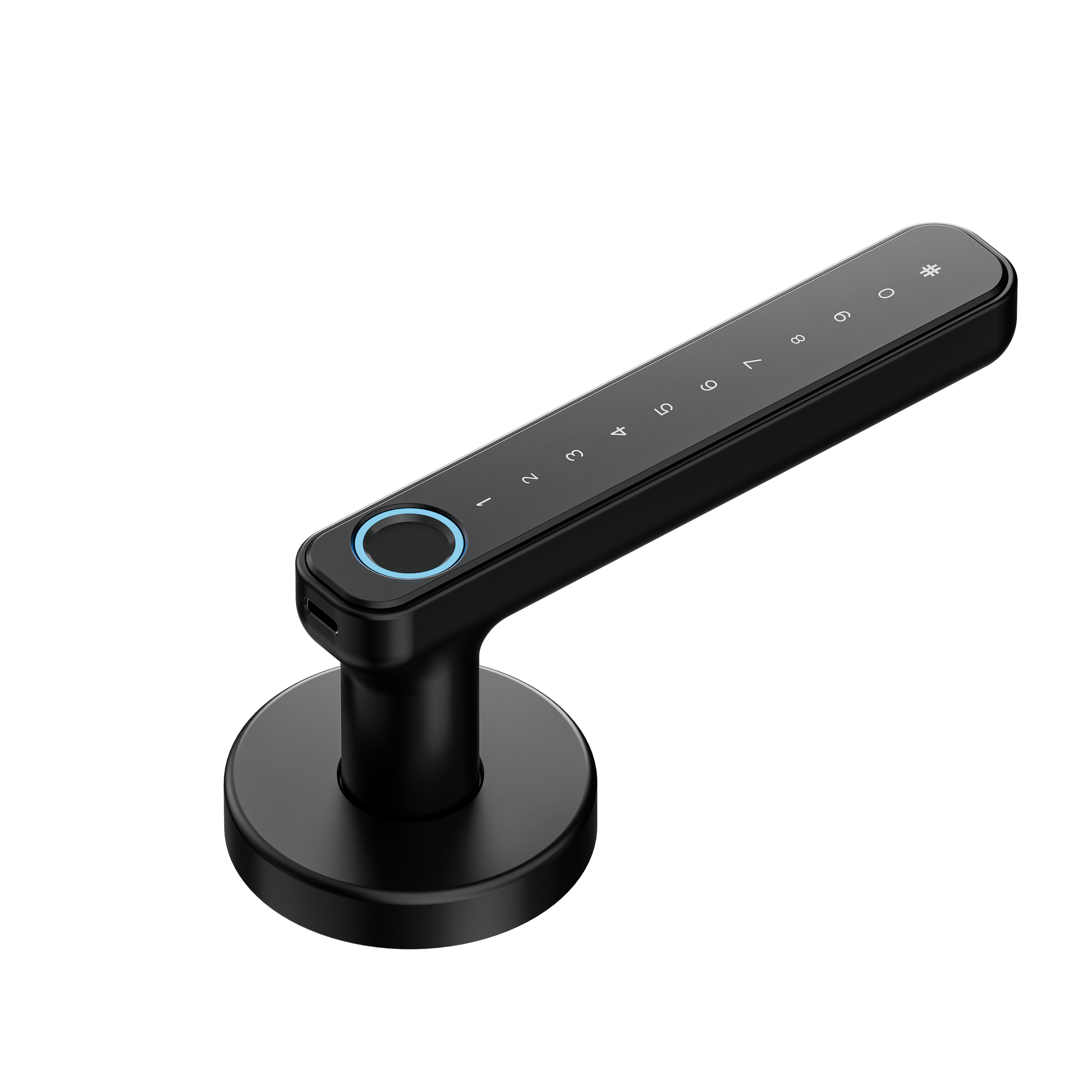
Yale Assure Lock 2 vs. Yale Approach Lock: Which Yale Smart Lock is Right for Me?
Yale is a prominent name in the smart lock market, and two popular options often compared are the Yale Assure Lock 2 and the Yale Approach Lock. Understanding their key differences helps determine the right fit for your smart home security needs. Both offer reliable smart features, but they cater to slightly different preferences and installation scenarios.
The Yale Assure Lock 2 is a complete deadbolt replacement smart lock. It comes in various forms – touchscreen, keypad, key-free, or keyed – offering flexibility in design and function. It's known for its sleek look and modular design; you can purchase it with just Bluetooth and add a Wi-Fi or Z-Wave smart module later if your needs change. The Yale Assure Lock 2 often supports multiple smart home systems (depending on the module) including Amazon Alexa, Google Assistant, and Apple HomeKit, making it a versatile top pick for many users seeking a full hardware upgrade. The Yale Assure Lock line has a strong reputation.
The Yale Approach Lock with Wi-Fi, on the other hand, is designed to work specifically with the August ecosystem (Yale and August are sister companies under Assa Abloy). A key feature of the Yale Approach Lock is its integration with the August Wi-Fi Smart Lock – it essentially acts as an exterior keypad and handle that controls the August lock mounted on the inside of your door. This might appeal to users already invested in the August platform or those who prefer keeping their existing lock hardware on the interior. The Yale Approach Lock focuses heavily on app control via the August app and integration with voice assistants. Choosing between the Yale Assure Lock 2 and Yale Approach Lock often comes down to whether you want a standalone, all-in-one replacement (Yale Assure Lock) or an integrated component for an existing August smart lock setup.
Retrofit vs. Full Replacement: Which Smart Lock Installation is Better?
When choosing a smart lock, you'll encounter two main installation types: retrofit and full replacement. A retrofit smart lock (like the August Smart Lock or Wyze Lock) attaches to the inside of your door, replacing only the interior thumb-turn of your existing lock deadbolt. Your exterior door hardware, including the keyhole, remains unchanged. This is often seen as the easiest installation option, typically taking only 10-15 minutes with just a screwdriver. It allows you to keep your existing keys as a backup, which some users prefer. A best retrofit smart option preserves the exterior look of your door.
A full replacement smart lock, like the Yale Assure Lock 2 or many Schlage models, replaces your entire deadbolt assembly – both the interior and exterior components. This installation is more involved, though still manageable for most DIYers, usually taking 30-60 minutes. The advantage here is a completely integrated design, often sleeker, and potentially enhanced physical security depending on the model's construction and BHMA rating. Full replacements often incorporate keypads, fingerprint scanners, or Apple Home Key readers directly into the exterior hardware. Examples like the OAluminum Alloy Remote Home Electronic Digital WiFi Smart Fingerprint Verification Door Lock—X9 showcase this integrated approach.
Which is better? It depends on your priorities. If you want the simplest installation, want to keep your existing keys, or live in a rental where changing the exterior lock might be restricted, a retrofit smart lock is a great choice. If you prefer a fully integrated look, want features like an exterior keypad or fingerprint lock, and are comfortable with a slightly more complex installation, a full replacement smart lock might be the better path. Both types can offer excellent smart home security features; the choice hinges on installation preference and desired aesthetics. Consider a smart lock that doesn’t require major changes if you prefer simplicity.

How Do Smart Locks Handle Power Outages or Connectivity Issues?
A common concern with smart locks is what happens if the power goes out or your Wi-Fi network goes down. It’s a valid question – you don’t want to be locked out of your own home due to a technical glitch! Fortunately, smart lock manufacturers have designed these devices with redundancies in mind.
Firstly, nearly all smart locks are battery-powered, typically using standard AA or AAA batteries. This means they are completely independent of your home's electrical power. A power outage affecting your house will not affect the basic operation of the smart lock itself. You can still use the keypad, fingerprint scanner, or a physical key (if your model has one) to lock or unlock the door. The batteries usually last for months, sometimes even a year, and most smart locks provide ample warning via the app and often audible/visual cues on the lock itself when batteries are running low. Some models even have terminals for a 9V battery to provide emergency power from the outside.
Secondly, while Wi-Fi connectivity enables remote features (like locking/unlocking from afar or receiving instant notifications), the core local functionality of most smart locks relies on Bluetooth or direct communication methods (keypad, fingerprint, key). If your Wi-Fi goes down, you might lose remote access temporarily, but you'll still be able to unlock your door when you're physically present using Bluetooth via the app, the keypad, or other non-Wi-Fi methods. Smart locks also ensure basic access isn't solely dependent on an internet connection, maintaining core security and convenience.
Looking Ahead: What Trends Define the Smart Locks of 2025?
The smart lock market is constantly evolving, driven by advancements in technology and user demand for greater convenience and security. As we look towards the best smart locks of 2025, several key trends are emerging, shaping the next generation of smart home security. These trends promise even more seamless integration and enhanced capabilities.
One major trend is the wider adoption of advanced connectivity standards like Matter. Matter aims to unify smart home devices across different ecosystems (Amazon Alexa, Google Home, Apple HomeKit, etc.), simplifying setup and ensuring interoperability. A Matter-enabled smart lock should theoretically work with any Matter-compatible smart home platform or home hub, reducing fragmentation. We're also seeing increased integration of biometric technologies beyond fingerprints, potentially including facial recognition becoming more mainstream, offering another hands-free way to unlock the door, like the Y8 Smart Lock with 3D Face Recognition.
Another significant development is the refinement of features like Apple Home Key and similar NFC-based access methods, making the smartphone or wearable the primary "key." We expect to see more locks offer this tap-to-unlock functionality. Furthermore, enhanced AI capabilities could lead to more intelligent smart locks – perhaps learning user routines to suggest locking reminders or detecting unusual activity patterns more effectively. Battery efficiency continues to improve, and designs are becoming sleeker and more integrated, sometimes making it hard to tell if a door lock is smart just by looking – they look like a standard lock but pack advanced tech. These advancements promise to make the smart door lock an even more integral and intuitive part of the modern smart home. Reliable suppliers like Savage Tools are key to bringing these innovations to market.
Key Takeaways for Choosing Your Smart Lock
Selecting the best smart lock involves balancing features, security, convenience, and compatibility. Here’s a quick summary:
- Understand Your Needs: Do you need remote access? Multiple entry methods? Integration with a specific smart home system?
- Prioritize Security: Look for strong encryption, tamper alerts, and quality construction. Consider BHMA ratings for physical security. Enhance security with a reliable device.
- Consider Entry Methods: Keypads, apps, fingerprints (fingerprint lock), Apple Home Key, and traditional keys offer various levels of convenience.
- Check Compatibility: Ensure the smart lock works with your preferred smart home platform (Amazon Alexa, Google Home, Apple HomeKit).
- Installation Type Matters: Choose between an easy retrofit smart lock or a full replacement based on your DIY comfort level and desired features/aesthetics. Brands like Yale Assure Lock offer various options.
- Battery Life is Crucial: Look for good battery longevity and low-battery warnings. Power outage resilience is standard via battery operation.
- Future-Proofing: Consider emerging standards like Matter and features like Apple Home Key for long-term usability as you look towards the locks of 2025.
Upgrading to a smart lock is a significant step in modernizing your home security. By understanding the available smart lock features and considering your specific requirements, you can find the perfect smart device to provide both peace of mind and unparalleled convenience.
Post time: 4 月-28-2025

